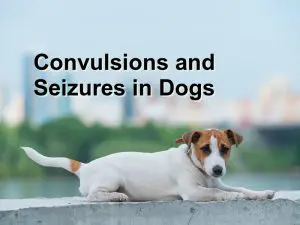Orthopedic Injuries and your Pet; Diagnosis and Treatment
Dogs, just like any other animal and humans, do experience some specific forms of bone injuries and diseases from time to time. Orthopedic injuries are pretty painful for your pet and therefore require immediate care for active management for fast healing.
What are some of the Common Orthopedic Problems in Pets?
There are several bones, muscle and ligaments issues in your pet that would require orthopedic treatment. For instance, some of the post painful ligament tears occur during active playing sessions leading to pivoting.
There is also the patellar luxation that commonly occurs in small-breed dogs leading to kneecap failure from its rightful position.
On the other hand, older pets, especially dogs experience Osteoarthritis as they age, a condition you can do little to prevent.
Consequently, there is the Hip dysplasia issue that’s common across all breeds of dogs.
However, it isn’t uncommon for both cats and dogs to develop broken bones that would need extensive orthopedic treatment.
Orthopedic Problem Diagnosis
Once you take your pooch to the vet station, your veterinarian will conduct a series of tests to come up with a conclusive diagnosis. Some of these tests procedures include blood samples. MRI and X-rays.
Afterward, the vet will offer the best form of treatment and medications.
Will My Pet Need a Surgery?
Not necessarily as there are various forms of treatments that range from supplements, non-invasive surgery to conservative surgery and meds. However, there are cases where surgery is necessary;
Knee injuries; that include tears to ligaments and meniscus and some dislocations to the patellar.
Hip injuries; this includes hip-dislocations and complications due to hip dysplasia.
Others include broken bones and tumors.
Although surgical procedures aren’t always the most natural choice to make, sometimes it’s the only best option for your dog, so don’t be afraid to settle for one. You, however, might have to find a different solution for your older dog as surgery is not very favorable.
The Healing process
The healing-time your pet will require depends on the treatment procedure they underwent as well as the extent of their injury. For instance, pets recuperate longer from surgical procedures as compared to standard med therapies.
In some instances, your vet might advise you to enroll your pet in physical therapy to boost their functionality as part of their orthopedic treatment. The secret is to be patient enough and religiously adhere to the vets’ instructions for a better after-healing life for both yourself and your dog.
Sources: UVH Berkeley, Collierville Animal, TLC for pets





